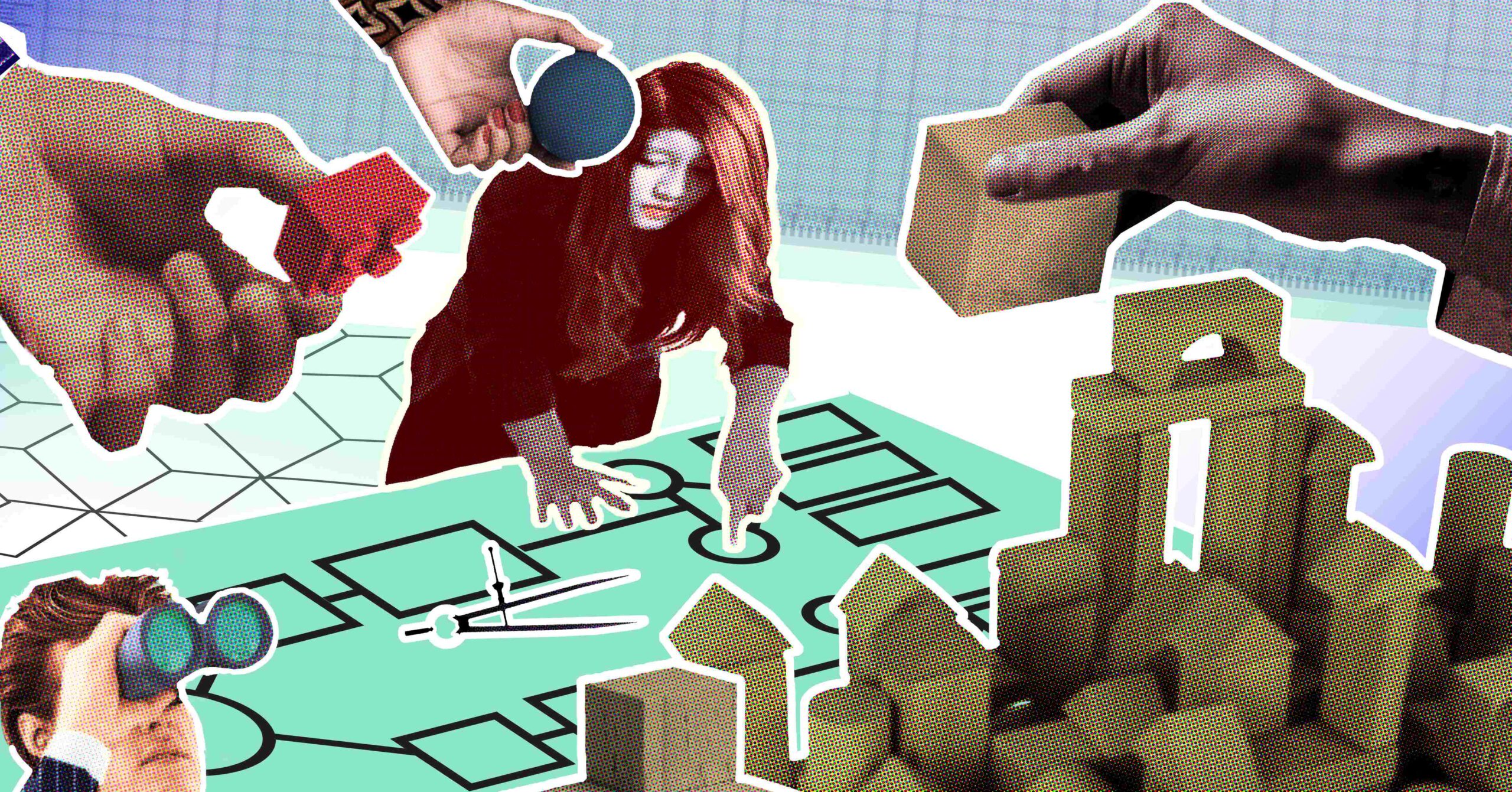In the previous article, I talked about how the cost of your old IT system can tell you a lot about the cost of your new system.
Paramount was the comparison of IT renewal with the construction of buildings. In building, it is standard practice to estimate costs per square meter. These costs vary depending on the building’s purpose, whether it’s a house or a school, and also on the level of luxury involved.
That analogy is again what we are talking about.
The choices you and your IT colleagues make about the type of (software) technology and also the design of the new system significantly affect the costs incurred during the system’s development.
So (without going into specific software languages, or so-called architectures) what are the key considerations that you can take up with IT?
A) What is this system for?
Different types of technology are there for different reasons.
When building an essential IT system that is communicating with specific hardware, for example for controlling bridges, a different type of technology will be used than when creating an app or website. Choosing the right type of technology for the job is essential.
B) How much are you going to use this system?
Are you looking to create a system that needs to process thousands of transactions simultaneously at high speed 24/7? Or is it an invoice system that only needs to run a few hours a week and doesn’t require instant results?
The requirements you set will largely determine the type of technology you choose, and each type of technology comes with its own price tag.
C) Think about the future right now
The third crucial aspect here is that some types of software are far easier to maintain and scale than others.
As a businessman, why should this matter to you?
Consider the nature of your business: is it rapidly evolving, consistently requiring adaptations, or is it relatively stable? These are crucial questions when replacing an IT system. If the wrong technology is chosen, the system could become a hindrance rather than a support to your business.
D) Other Considerations
While points A through C are the most important to keep in mind regarding architecture, there are quite a few smaller elements that also make a difference.
One such element is the existence of ecosystems. Some types of technology have many standard building blocks available, for specific tasks. Utilizing these blocks can considerably speed up IT renewal and lower costs.
A good example concerns security. For your house, would you build your own camera and security system? Generally, you wouldn’t, because there are plenty of excellent systems – the building blocks – available that can be integrated into your home. The same principle applies to IT security for your business.
Secondly, be cautious about creating a system using technology that is either uncommon in your industry or unfamiliar to your team. In both cases, aligning with the existing skills and experience is usually the best way to proceed.
In three articles, we have so far discussed the steps you as an executive can take to keep control of IT renewal costs during the stages before building begins.
In the first article, we delved into the importance of thoroughly considering what you want from a new IT system.
In the second article, we explored what your old system can tell you about your new system. Then, in this article, we discussed which technology to choose.
In the next article, we will discuss the last big step before the actual building starts: the step of building of a prototype!

